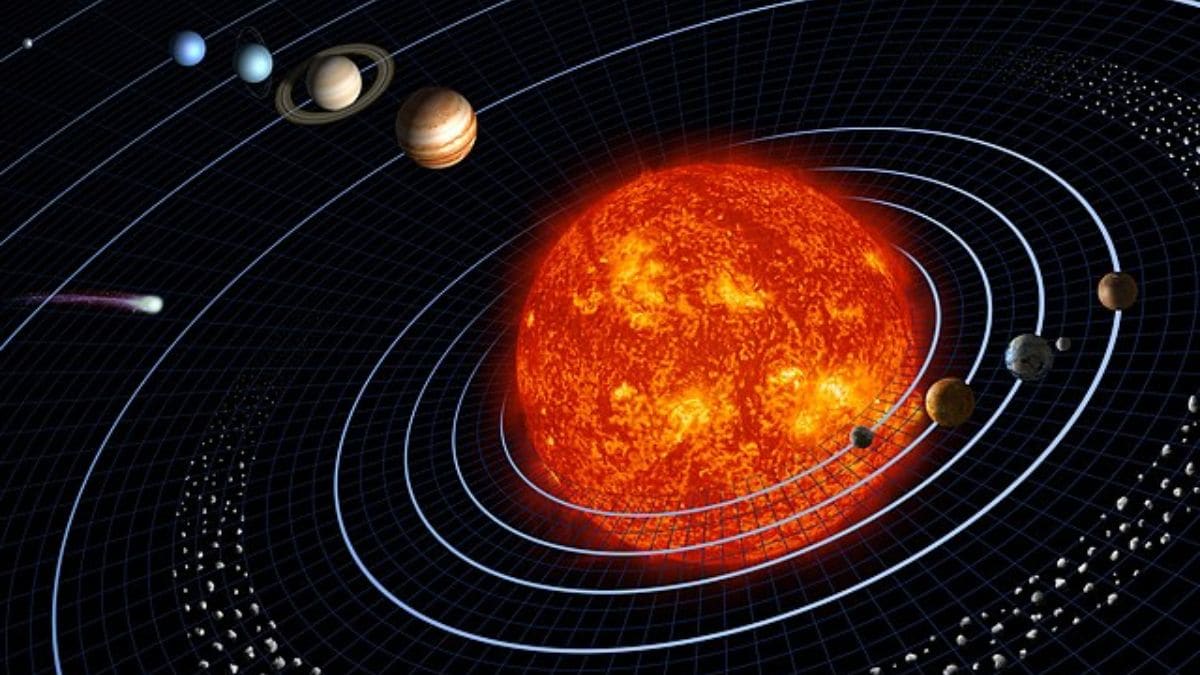A minuscule meteorite seems to be rewriting the history of our solar system. The 50-gram Northwest Africa 12264 has brought a new understanding of when and how rocky worlds came together. Inner planets such as Earth and Mars were thought to have formed earlier than their more distant siblings, given temperatures and composition. But a new study of this meteorite, which originates from beyond the asteroid belt, suggests that the birth of planets throughout the solar system occurred tens of millions of years earlier than previously believed, narrowing the gap in time between the solar system’s inner and outer surfaces.
Outer Solar System Meteorite Reveals Rocky Planets Likely Formed Simultaneously Across the Galaxy
As per a study led by Dr Ben Rider-Stokes of The Open University and published in Communications Earth & Environment, the meteorite’s chemical makeup offers critical evidence. Its chromium and oxygen isotope ratios place its origin in the outer solar system. Most strikingly, lead isotope dating determined its age to be about 4.564 billion years, almost identical to basalt samples from the inner solar system that represent early planetary crusts.
These findings directly challenge the previous assumption that rocky planets beyond Jupiter formed two to three million years later due to their water-rich composition. Ice and water were thought to slow differentiation, the internal layering of planetary bodies. But this meteorite, with its outer solar birth and inner solar age, points to a far more synchronised process of rocky planet formation.
Scientists note that the discovery is also consistent with observations of exoplanetary systems. Based on this and past observations of disks of dust and gas around other stars, the evidence of planetesimals forming quickly and over large orbital separations adds to the argument that early solar system evolution may have been more universal than thought.
As trivial as the time difference might be in the context of a universe, the question is huge. A new timeline of planet formation is not only a retelling of Earth’s history but may also help determine how astronomers think about how planets form in the galaxy more generally, providing new hints about where and how in the galaxy Earth-like planets could take shape.
For the latest tech news and reviews, follow Gadgets 360 on X, Facebook, WhatsApp, Threads and Google News. For the latest videos on gadgets and tech, subscribe to our YouTube channel. If you want to know everything about top influencers, follow our in-house Who’sThat360 on Instagram and YouTube.
NASA’s Hubble and Webb Discover Bursting Star Formation in Small Magellanic Cloud
Nothing Phone 3 Review: Enters the Big League With a Big Price





